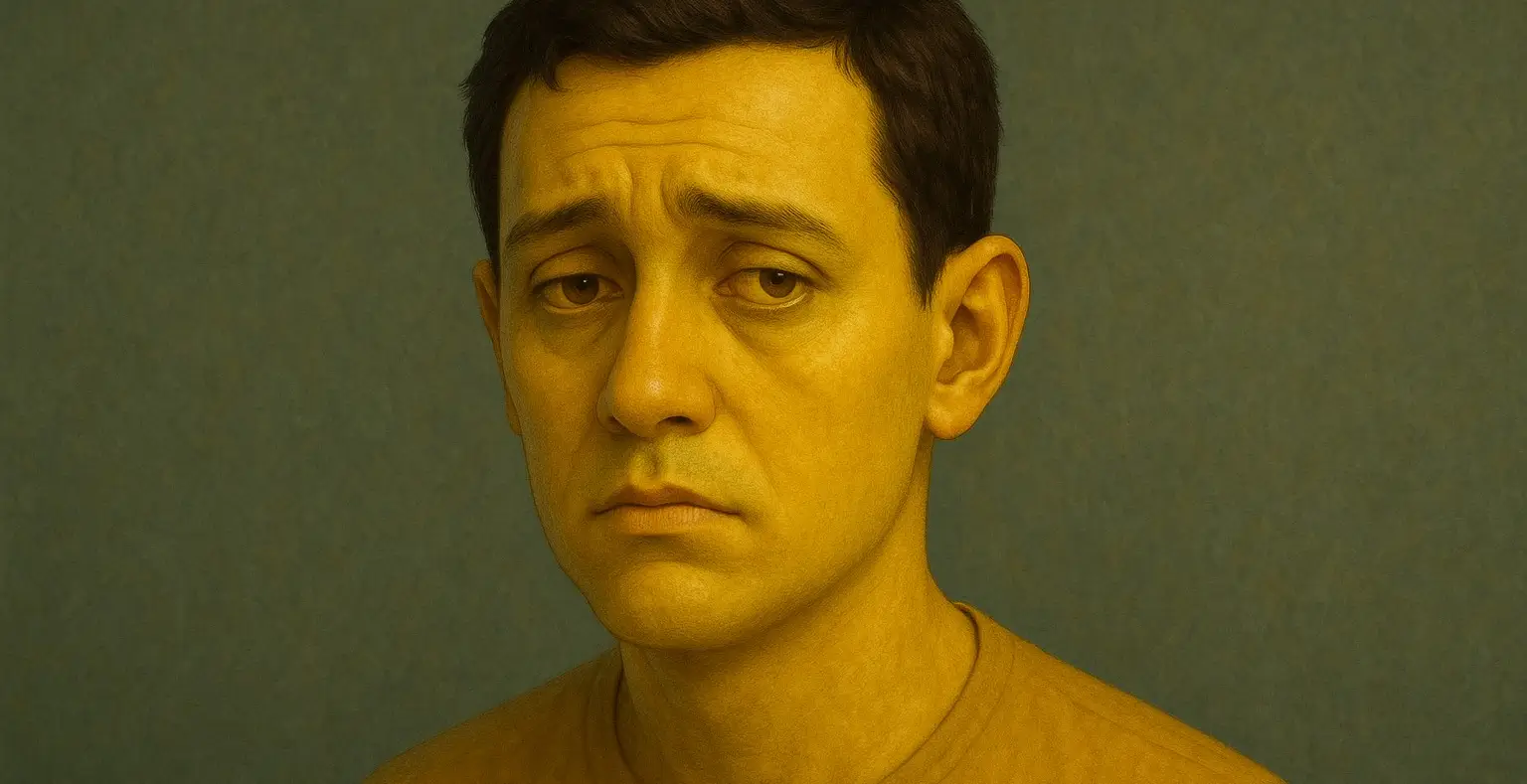- Jaundice is a condition characterized by the yellowing of the skin and eyes due to high levels of bilirubin in the blood.
- It can be caused by a variety of conditions affecting the liver, such as hepatitis, cirrhosis, or bile duct obstruction.
- It indicates an underlying problem with the liver or bile ducts.
Symptoms
- Common symptoms of jaundice include:
- Yellowing of the Skin and Eyes: Due to high bilirubin levels.
- Fatigue
- Abdominal Pain
- Nausea and Vomiting
- Dark Urine
- Pale Stools
This is a sample ad placement!
Types of Jaundice

- It is classified into three main types based on its underlying cause:
-
Hemolytic Jaundice
- Cause: Excessive breakdown of red blood cells.
- Mechanism: The rapid destruction of red blood cells leads to an increased production of bilirubin, exceeding the liver’s capacity to conjugate and excrete it.
-
Hepatocellular Jaundice
- Cause: Liver dysfunction or disease (e.g., hepatitis, cirrhosis).
- Mechanism: Damaged liver cells (hepatocytes) are unable to properly conjugate and excrete bilirubin.
-
Obstructive Jaundice
- Cause: Blockage in the bile duct system (e.g., gallstones, tumors).
- Mechanism: Obstruction prevents bile (and thus bilirubin) from being excreted into the intestines, leading to accumulation in the blood.
-
This is a sample ad placement!
Etiology
- The underlying causes are grouped into three categories:
-
Pre-hepatic (Hemolytic)
- Conditions: Hemolytic anemia, sickle cell disease.
- Effect: Increased red blood cell breakdown elevates bilirubin production.
-
Hepatic
- Conditions: Hepatitis, cirrhosis, liver cancer.
- Effect: Liver diseases impair the liver’s ability to process and excrete bilirubin.
-
Post-hepatic (Obstructive)
- Conditions: Gallstones, pancreatic cancer.
- Effect: Obstruction of bile ducts prevents bilirubin excretion.
-
Pathogenesis of Jaundice

This is a sample ad placement!
- The development involves different mechanisms depending on the type:
-
Pre-hepatic
- Increased Bilirubin Production: Excessive hemolysis overwhelms the liver’s ability to conjugate bilirubin.
- Result: Unconjugated (indirect) bilirubin accumulates in the blood.
-
Hepatocellular
- Impaired Liver Function: Damaged hepatocytes cannot effectively conjugate or excrete bilirubin.
- Result: Both unconjugated and conjugated bilirubin levels may increase.
-
Post-hepatic
- Bile Flow Obstruction: Physical blockage prevents bile from reaching the intestines.
- Result: Conjugated (direct) bilirubin accumulates in the bloodstream.
-
Treatment
- Treatment depends on the underlying cause:
- Hemolytic Jaundice: Treating the underlying cause of increased red blood cell breakdown, such as blood transfusions or medication.
- Hepatocellular Jaundice: Addressing liver dysfunction, such as antiviral medications for hepatitis, or liver transplant in severe cases.
- Obstructive Jaundice: Removing the obstruction, such as surgery for gallstones or stenting for bile duct blockages.
Thank you for reading from Firsthope's notes, don't forget to check YouTube videos!
This is a sample ad placement!

